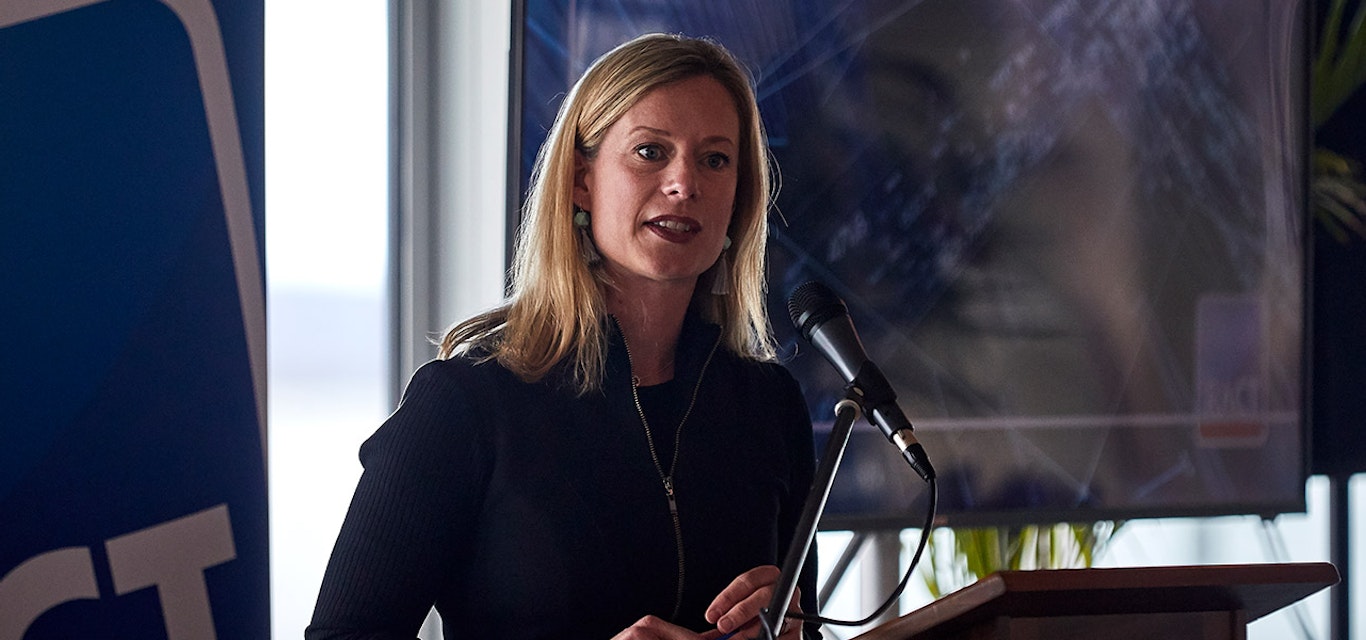A look to the future
We look at the key takeaways from our recent Mobility Futures Forum.
RACT is on the right track with its call for an integrated, long-term vision for the future of mobility in Tasmania, according to the state’s three political parties.
Speaking at our Mobility Futures Forum, Minister for Infrastructure Michael Ferguson, Opposition Leader Rebecca White and Greens Leader Cassy O’Connor were all in agreement on this point.
‘While each party’s representative had a different approach to the priorities for the solution, it was great to see them aligned on the view that a cohesive, long-term vision is needed to create a sustainable, livable future for our state,’ RACT Executive General Manager, Membership and Community, Stacey Pennicott said.
They were all particularly interested and praised our 30-year Greater Hobart Mobility Vision, which is a great template for what we want to do in the north and north-west of the state as well.
‘What we need now is to know the way forward for not just the next couple of years, but the longer term.
‘We’re ready and waiting to work with all levels of government to ensure our vision is implemented.’
Minister Ferguson told the forum that sustainable and safe transport were critical for the state’s future. However, he said governments needed to work together to ensure a holistic solution.
‘Local councils own most of the roads and streets,’ he said.
‘We need to maintain a sense of focus on their responsibilities because all roads link up.
‘If we can have good solutions on state highways we need to make sure … all levels of government are making their contribution.’
Ms White said flexible workplaces and incentivising public transport were ways to address congestion.
‘If you make times of travel more convenient and more buses accessible, I think you’d have more people on those buses and more cars off the road,’ she said.
Ms O’Connor said electric vehicles would play an important part in the state’s sustainable future.
The forum also heard from David Clerk of the University of Tasmania, who said the institution’s plans to relocate more into city centres were designed to increase participation in education.
‘Active and public transport infrastructure are key to making access to our campuses, student and teacher accommodation and essential services easier,’ he said.
Mr Clerk said a city-centric campus in Hobart would see a shift away from car transport for both students and staff, thereby easing congestion.
‘With a CBD campus, assuming current transport trends continue, we predict 13% more students and 19% more staff will no longer drive a car or ride a motorbike to work,’ he said.
Mr Clerk said in Launceston, the move to Inveresk would include more student accommodation and a pedestrian and cycle bridge to further encourage active transport alternatives.
